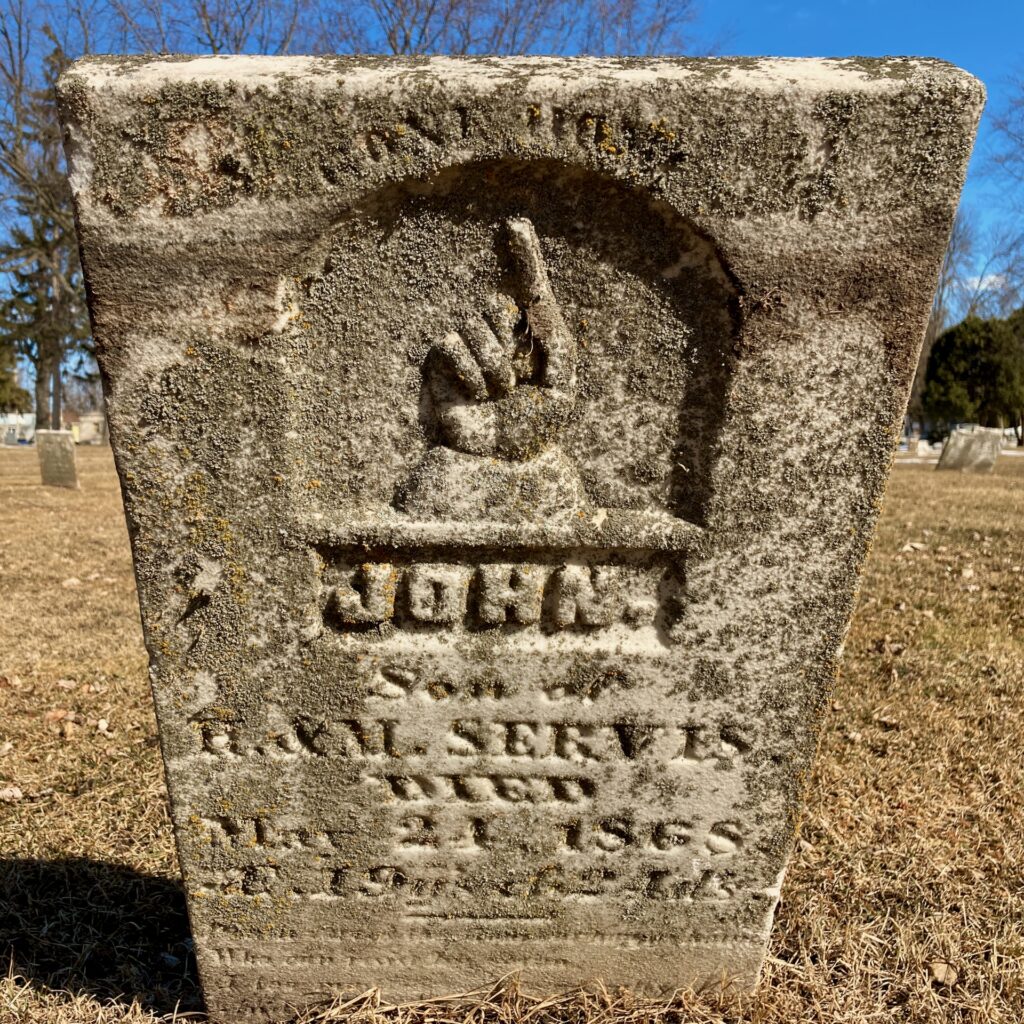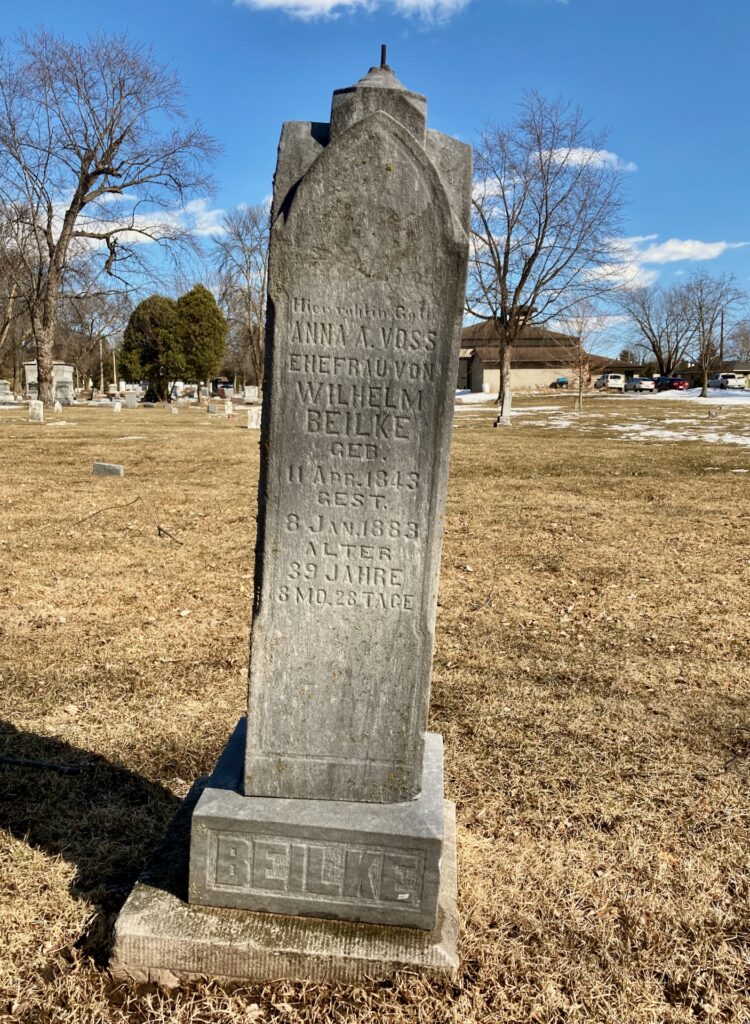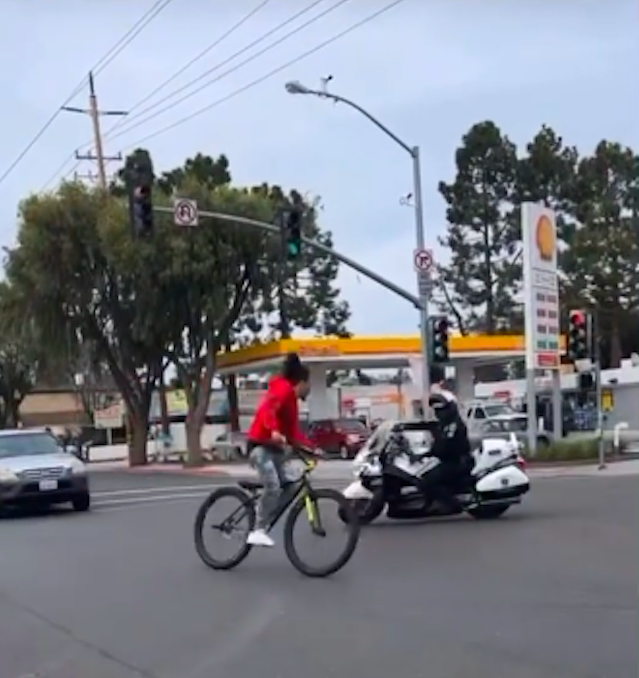Someone pointed out to me that Star Island has posted an interesting job opening. Star Island, for those of you who aren’t familiar with it, is a retreat center off the coast of New Hampshire that was founded by Unitarians and liberal Congregationalists, and remains affiliated with the United Church of Christ and the UUA.
The position, titled “Island Minister/Beloved Community Project Manager,” will “work to further Star Island Corporation’s Beloved Community Project — a diversity, equity, and inclusion initiative that is a core strategic priority of the Star Island Corporation (SIC).” This is a laudable goal, and it’s simply amazing that a nonprofit would hire a full-time year-round staffer to oversee diversity, equity, and inclusion.
There’s just one problem. The job posting does not list the salary range. Instead, applicants are told to submit their “salary requirements.”
I call bullshit.
The reason I call bullshit — and the reason that I use such a strong word to describe their action — is that refusal to include a salary range in a job posting is in itself a discriminatory act. In fact, in some jurisdictions, it is now illegal to post a job with no salary range: BBC news recently reported that Colorado now requires all job posting to include the hourly wage or the salary range. Similarly, SHRM recently reported that New York City will require all job posting in the city to include salary ranges. Why? Manhattan Councilwoman Helen Rosenthal says, “Failure to include a salary range would be considered a discriminatory practice.” That’s right, a discriminatory practice.
BBC has also reported: “Research shows that the pay gap, which is well documented, partly stems from the ‘ask gap’: the difference in salary expectations between groups, which undercuts women and minorities in particular. Closing this gendered and racialised ‘ask gap’ can pay major dividends for careers, reducing long-term salary inequality.”
Star Island is engaging in a discriminatory hiring practice — a practice that’s illegal in Colorado and New York City — in order to hire a staffer who will oversee diversity, equity, and inclusion. Oh, the irony. If you’re someone who has connections to Star Island (especially if you make donations to them), please contact their board and CEO and call them out on this racist, sexist practice.
We also need to call out all the UU congregations that post jobs with no salary range. Some day if I ever have time, I’m going to go through the job postings on the UUA “Jobs Board” and the LREDA employment postings and make a list of all the congregations that post jobs with no salary range — a sort of “Hall of Shame,” showing which congregations have racist, sexist hiring practices.
This is an equity issue that’s easy to fix. Let’s fix it.





